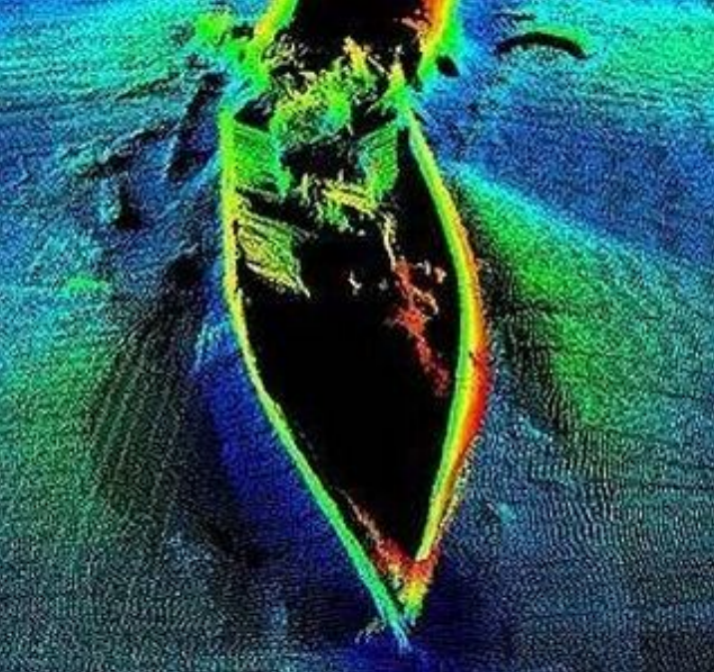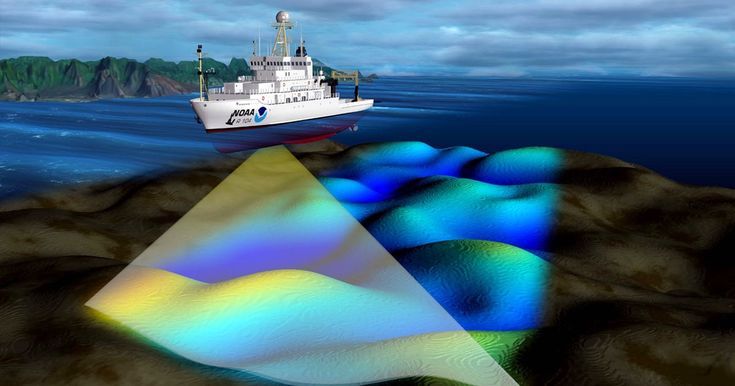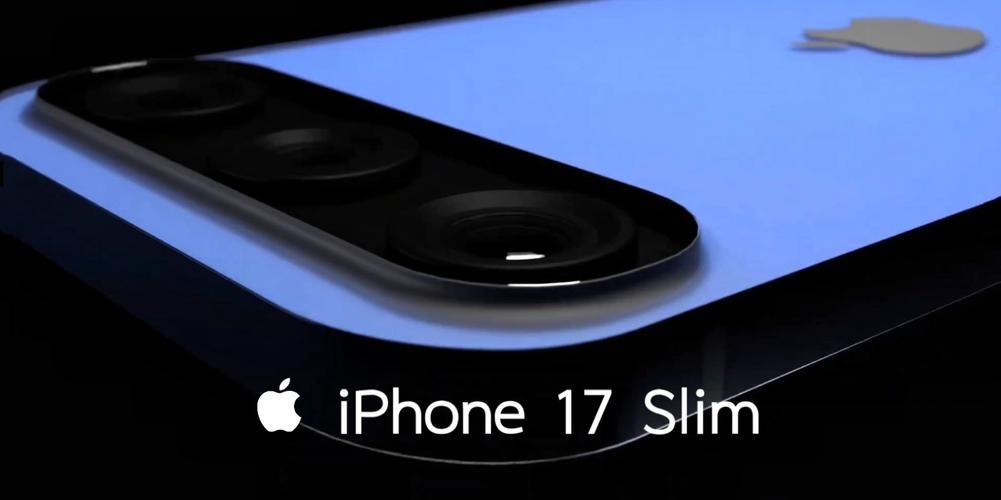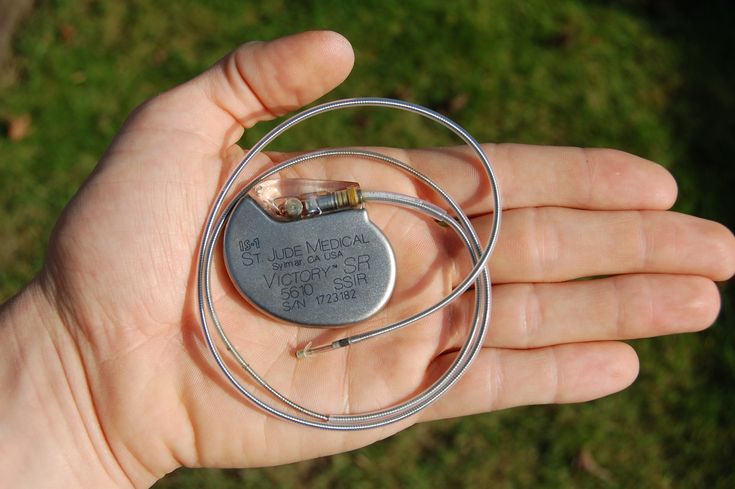Under the abyss, silent waves
Above the noise above us, there are busy orbits of satellites and webs of radio waves, but on the other side of the earth, deep in the ocean, it is another scene. There, the light cannot reach, the sound is distorted by the water pressure, and communication seems to be an impossible task. However, it is this darkness that gives birth to a unique and exquisite communication technology: underwater acoustic communication.

You may think that underwater communication is just "soaking" radio technology into the water. However, the actual scenario is far more complex. Water has a great attenuation effect on electromagnetic waves, and radio signals will be completely absorbed when they travel in water for a few meters. That's why we can't remotely control a submarine with Wi-Fi or Bluetooth.
So scientists turned to another medium: sound waves. Compared to air, sound in water travels at a speed approximately four times faster and can reach much greater distances. This provides the possibility for underwater communication, but it also brings new challenges.
When sound wave propagates in water, it will be affected by various factors, such as the changes of temperature, salinity and water pressure, and the most troublesome multipath effect. Imagine that an acoustic signal is sent from a transmitter. It may reach the receiver directly, or it may be repeatedly reflected on the seabed, sea surface or even fish before reaching its destination. The signals of these different paths arrive at different times and interfere with each other, just like a "multiple exposure" of sound, which makes it difficult for the receiving end to distinguish the original information.
In order to solve this problem, researchers have developed various ingenious technologies. One of them is spread spectrum communication. Instead of packing information into a single narrow-band acoustic pulse, it "smears" information in a wider frequency range. In this way, even if the signals of some frequencies are interfered or attenuated, the receiver can still reconstruct the complete information from the remaining frequencies. It's like talking in a noisy room. You don't shout loudly, but use a unique, multi-layered voice, so that the other party can distinguish your words from the background noise.

Another cutting-edge technology is underwater acoustic modem. These devices can not only send and receive acoustic signals, but also correct the distortion caused by multipath effect and Doppler frequency shift (sound frequency change caused by moving objects) in real time through complex algorithms. They are like "translators" in the underwater world, transforming the vibration language of sound waves into digital information that we can understand.
The application of these technologies goes far beyond the military. Underwater acoustic communication is the key to ocean exploration, environmental monitoring and resource development. Unmanned underwater vehicles (AUVs) can work together in groups through acoustic networks, just like underwater "bees", drawing seabed maps, monitoring ocean currents or looking for sunken ships. Sensor networks are deployed on the seabed to transmit valuable data about earthquakes, tsunamis or climate change in real time.

Under the deep ocean, there is no light, no radio, only sound waves silently convey the spirit of human exploration and the desire for the unknown world. Every silence of radio waves is accompanied by the whisper of sound waves, which is the silent cry of technology to find a way out in extreme environment.
(Writer:Weink)





